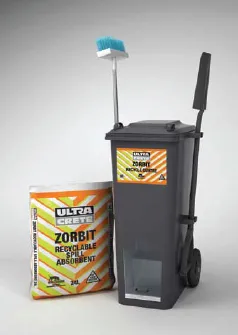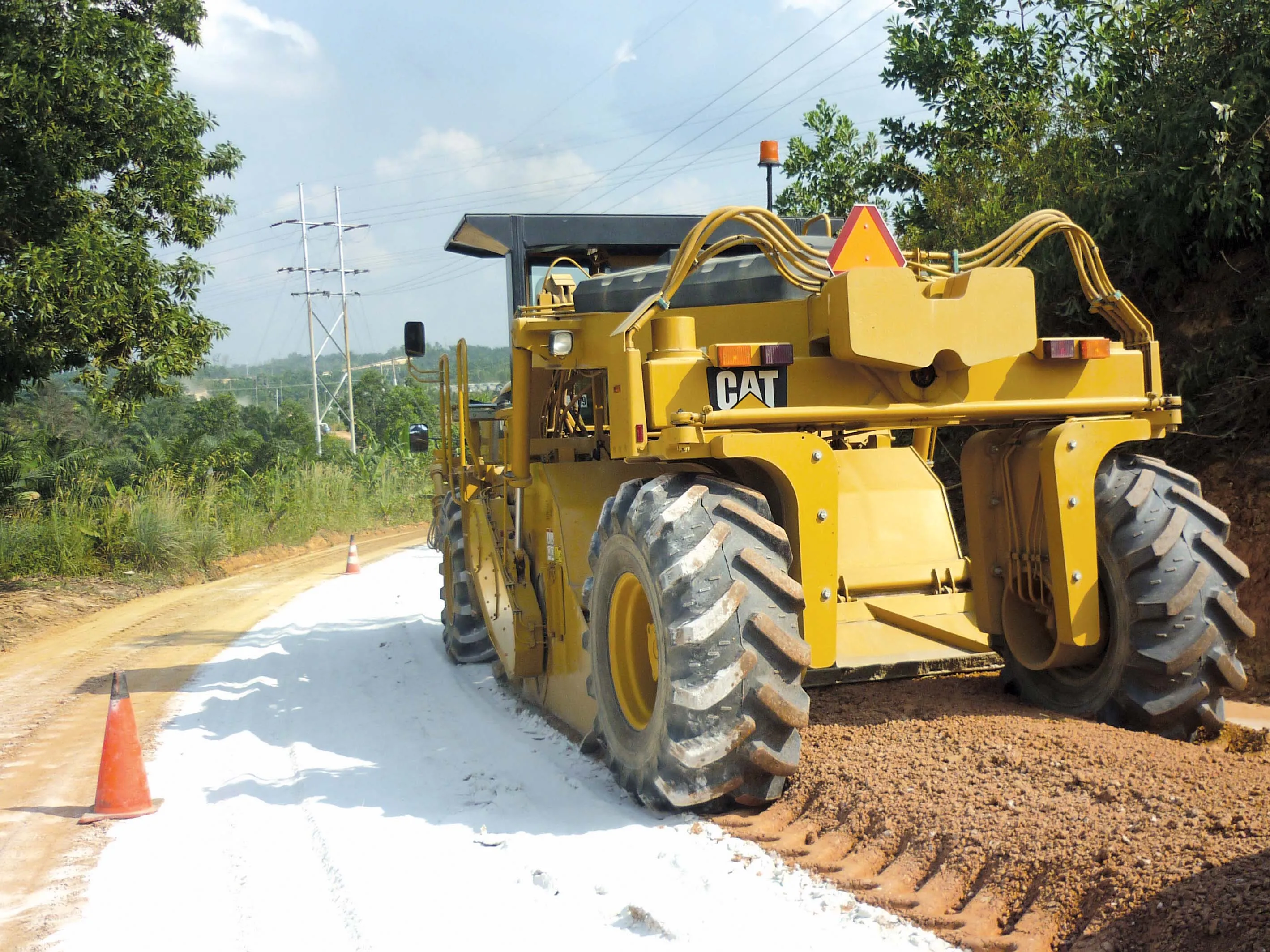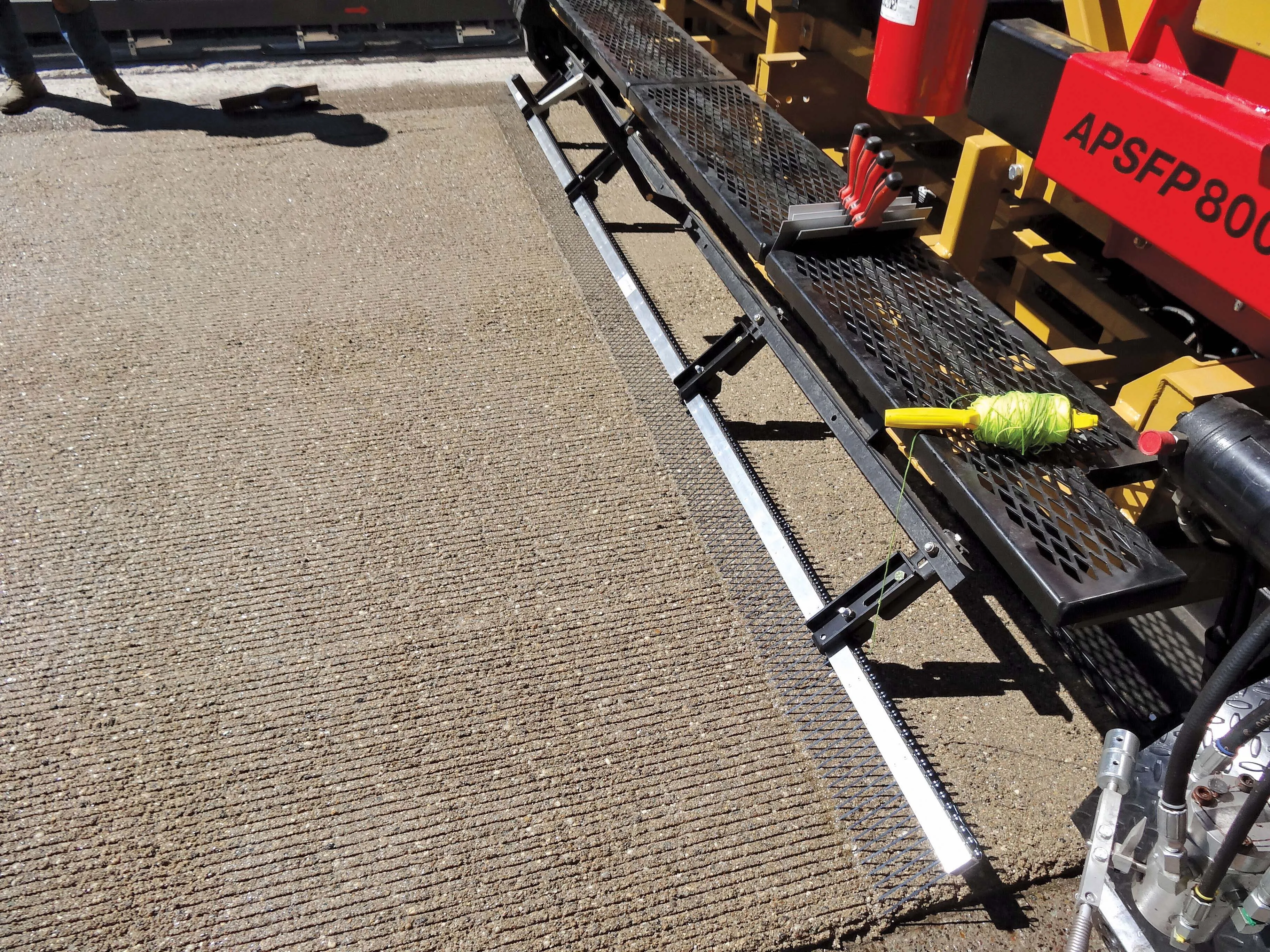Ultracrete has developed two new products for use by road repair crews, Envirobed and Zorbit. The Envirobed product is said to offer an alternative to resin-based mortars for use in repairing roadway manholes.
February 9, 2012
Read time: 2 mins

The Envirobed product is said to offer an alternative to resin-based mortars for use in repairing roadway manholes. This new bedding mortar is supplied as a two-component system which contains a blend of cement, polymer-graded aggregates and recycled glass. The components provide a high performance mortar, which can accommodate depths of 10-50mm in one pass. If necessary, greater depths can be achieved by using a layer-upon-layer method.
The system has been developed to tackle ironwork failure, which can be caused by factors such as larger carriers and payloads, changes in cover frame materials as well as increases in traffic volume. The Ultracrete ironwork reinstatement system can be used in wet weather and at temperatures as low as 1°C. There is no hazardous waste disposal issue and the material can be used for depths from 10-50mm in one pass, while it cures quickly and provides fast resistance to traffic.
Meanwhile the firm's Zorbit product can be used by road repair crews or emergency teams to clear up oil or fuel spillages on roadways, reducing accident risks for motorists. This low cost product is said to be highly effective, environmentally friendly and recyclable. The firm says it is designed to be easy to use and ideal for any environment where fast response to spillages is essential to minimise down time. Zorbit is based on natural recycled plant fibres and is 100% biodegradable. The product can clean up spills in wet, dry and damp conditions due to its oil lock system, which encapsulates the spillage. The product can be recycled up to eight times and is said to be effective in cleaning up fuel and oil spills from carriageways.









